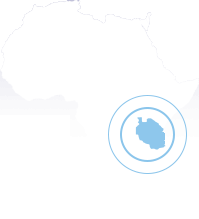
DATA FOR DEVELOPMENT
tanzania
YEAR STARTED: 2017
PROJECT
Demonstrate how MNO data can improve immunization program reach and efficiency in Tanzania
SUPPORTED SDG
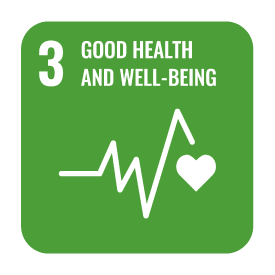
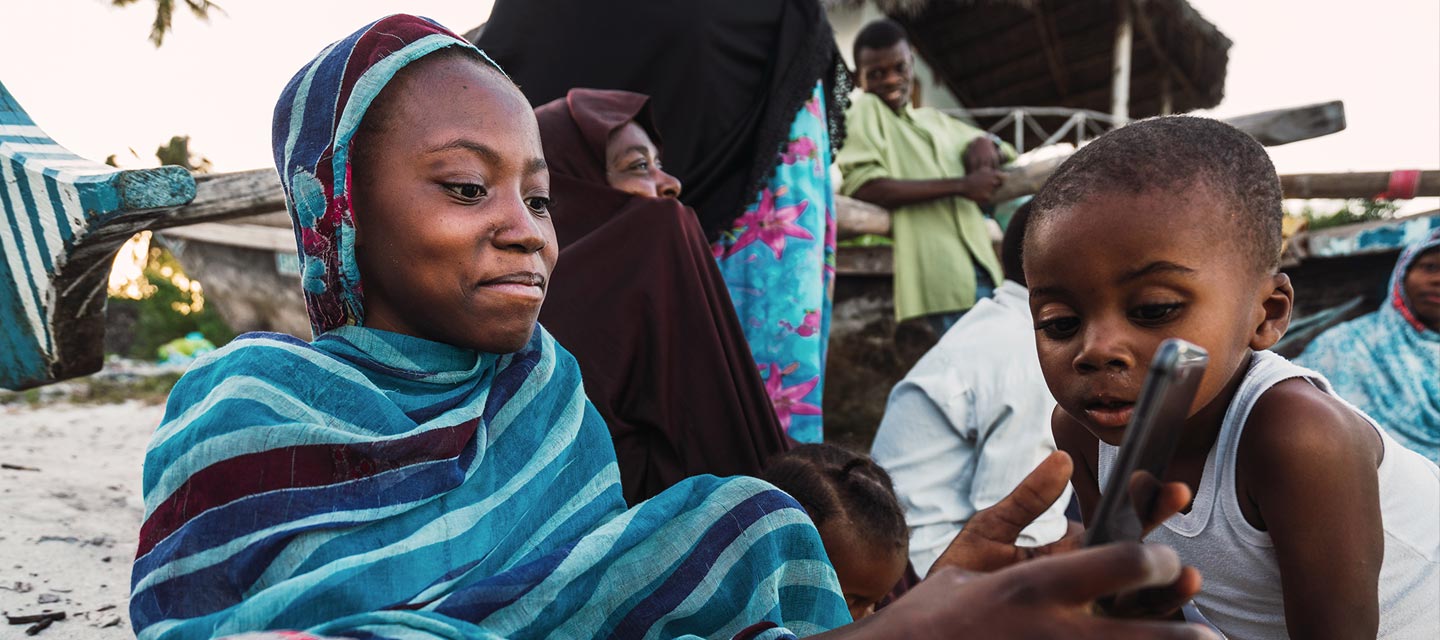
OBJECTIVES
- This project aims to demonstrate how a combination of network data and immunization data can be used to understand population density and migration patterns and to identify potential discrepancies between anticipated and observed demand for vaccine services.
- The project further seeks to explore potential business models with the government of Tanzania and MNOs as a pathway towards institutionalizing the use of MNO data to improve health programs and other development sectors.

PROBLEM STATEMENT
PATH has been leading the Better Immunization Data Initiative (BID) with support from the Bill & Melinda Gates Foundation since 2014. While the BID Initiative is addressing some of the most critical routine immunization service delivery problems in Zambia and Tanzania—through improved data collection, quality, and use—gaps remain.
For example, the electronic immunization registry called TImR was rolled out by the BID Initiative in Tanzania in 2015. Although TImR is making groundbreaking changes within the health system, the health information system has structural limitations. For example, the system might not be able to identify children who are unvaccinated because their parents are nomadic and migrate each season from one place to another. This reduces the health system’s ability to identify who needs vaccines and increases the risk of epidemic outbreaks and spreads.
APPROACH
- The project analyzed macro- and micro-migratory patterns derived from MNO data to understand where and how populations are changing over time in order to help the Ministry of Health in Tanzania to identify static or dynamic populations that may be unknown to or neglected by the current health system. Furthermore, it identified facilities with rapidly changing populations that may be underestimating or overestimating demand for vaccines.
- It compared analytics from MNO data to analytics from the immunization registry to identify potential discrepancies between anticipated and observed demand for vaccine services.
- The project overlayed population maps generated from the analysis of MNO data with the information on immunization resources (e.g., vaccine stocks, medical staff, number and types of clinics) in order to optimize allocation of resources across seasons and areas and hence maximize the number of children and adults vaccinated.
OTHER CONSIDERATIONS
The incorporation of insights from MNO data will provide valuable intel on population movements, which could:
Enable local district medical officers to better forecast demand for medical commodities across facilities
Identify potential pockets of unreached children
Identify high-migration and cross-border-migration pathways that are potential highways for epidemic diseases such as Ebola or cholera
Inform health system design (e.g., facility placement, outreach locations) over time, which would ultimately increase reach, reduce system cost, or both
RESOURCES
Enhancing routine immunisation microplanning in Northern Nigeria
Techno-Economic Assessment of Electronic Vaccine Intelligence Network
A Forecasting Model for Deciding Annual Vaccine Demand
Tanzania’s mobile phone subscriptions rise to nearly 44 million
Indicators That Describe the Strength of the Routine Immunization System
PARTNERS
DIAL convened a diverse range of stakeholders, including donors, multilaterals, NGOs, and the government, to undertake the Tanzania data demonstration model.
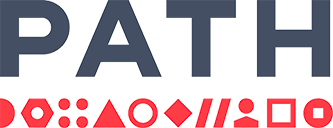

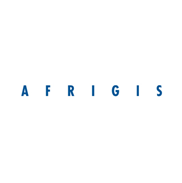
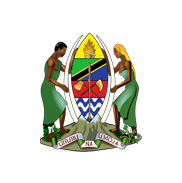


This project is ongoing and due for completion in 2022.